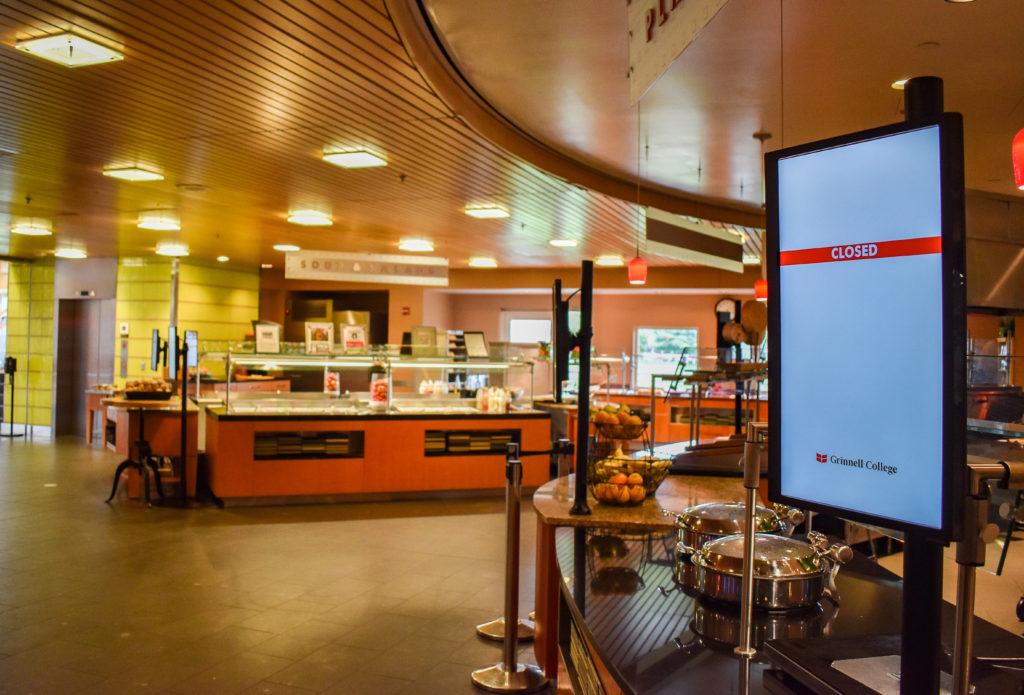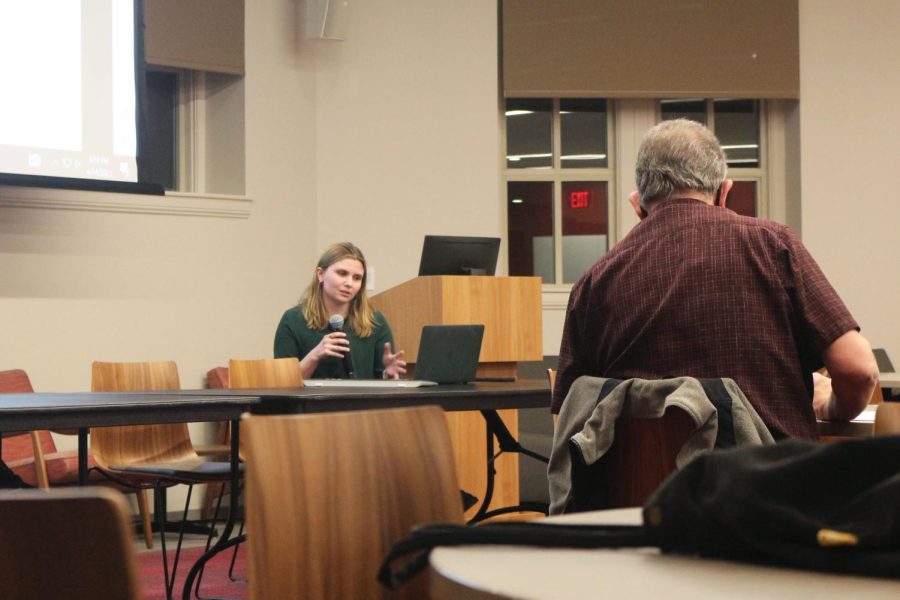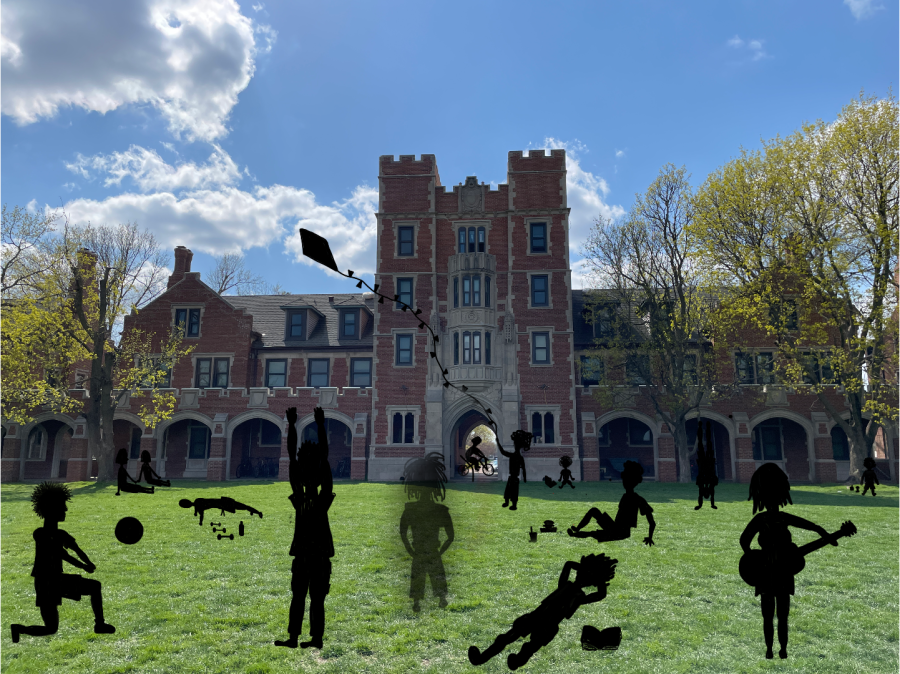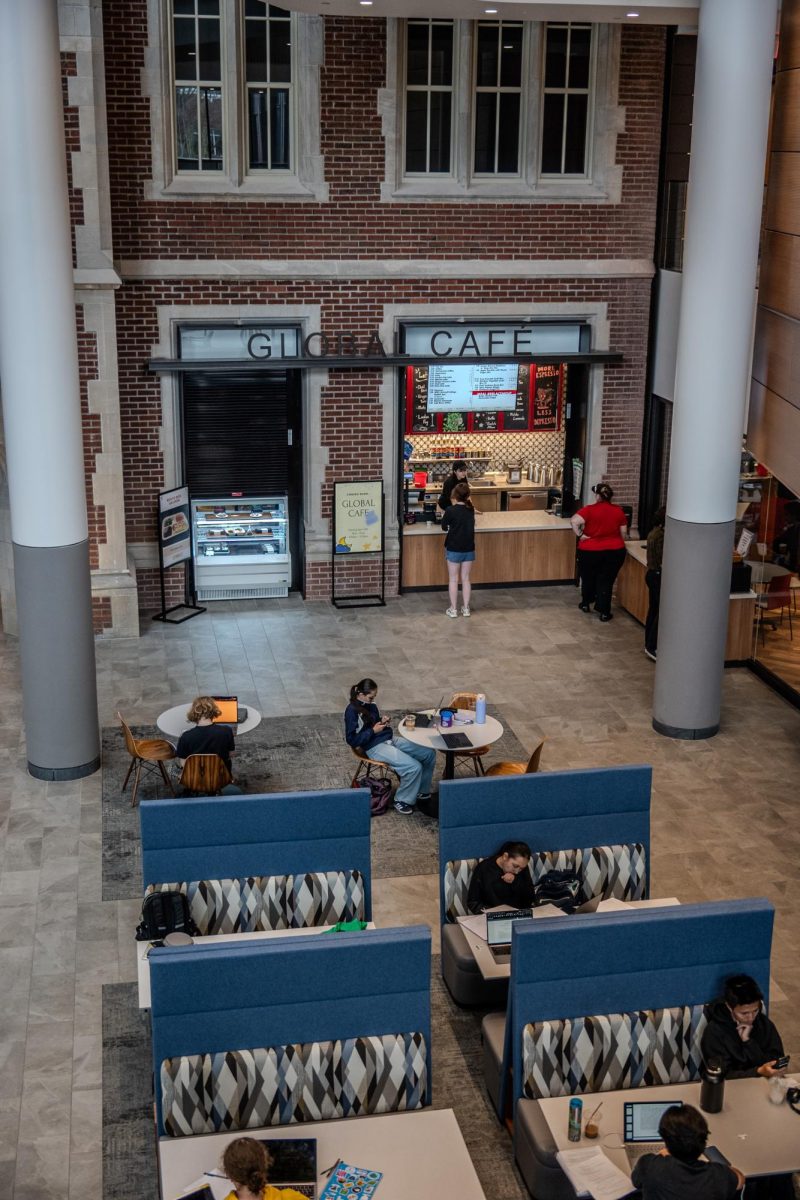By Eva Hill
hilleva@grinnell.edu

Despite pay raises thanks to unionization and policy changes, Dining Services continues to struggle with student underemployment. The student workforce employed by the Marketplace, the Spencer Grill, and the College catering service is 20.8% smaller this year, dropping from 298 employees last year to 236 at the start of the fall 2019 semester.
The new Dining Services contract, negotiated last spring by the Union of Grinnell Student Dining Workers (USGDW), came into effect at the beginning of this semester. Wages in the dining hall are historically high – $10 per hour for student workers and $10.75 per hour for student leaders (a supervisory position within Dining Services), with the opportunity for increases over time. The contract also includes a reworked absence policy that allows student workers to take a sick day or miss a shift without having to worry about whether it will affect their ability to be rehired by Dining Services in the next semester.
Dining Services continues to have the highest starting pay of any job on campus; most students who work jobs that require training do so at a rate of $9 per hour, with $9.50 as the highest starting hourly wage available outside of Dining and lifeguarding positions.
Professor Logan Lee, economics, said one reason behind low Dining Services employment could be the nature of the work. “At Grinnell, many students are taking jobs thinking about how it’s going to look on a resume, how it’s going to look down the road to potential employers and also just whether they get … anything academic out of it,” Lee said. The wage offered by Dining Services would have to be enough to outweigh the potential non-monetary benefits of a more academically-based job, such as future recommendation letters or training in a career-relevant discipline, he said.
“While the Dining Hall is correctly raising wages in response to not enough supply of students, they’re going to keep having this problem unless they really get their wages way up in the air, I would think.”
Dining Services Student Leader Samuel Alves-Czachor ’20 had a similar view, mentioning sought-after positions where students can do their homework while working. “D-Hall pays a little more—maybe the answer is to pay even more. I personally don’t know if the administration is ready to pay, like, $15—something that would be a lot higher, but that might be the answer,” he said. “Personally, I don’t know what the number would be for me, where if I had the option to work a job where I got to do homework the entire time, I would say, well, I have to be on my feet the entire time in the Dining Hall, but they pay me this much, and that’s better than me doing three hours of homework and also getting paid.”
Alves-Czachor said that student leaders and Dining Services staff have tried to brainstorm ways to make Dining Services more attractive. “We’re not really certain what else can be given,” he said.
Sam Xu ’20, president of the USGDW, argued the decrease in interested workers would have been more severe without the contract’s new benefits. “I do not know why student workers in general prefer other workplaces. The Union will continue to work with Dining Services management to improve working conditions,” he said.
The USGDW is working towards partial expansion of bargaining power to a specific set of non-academic work positions beyond the dining hall. But what would that mean for Dining Services’ employment problems?
Lee said, “You would expect the dining hall to have an even harder time finding student workers, because people who are at the dining hall would take those jobs instead, and since the dining hall is already unionized, that’s where you would see bigger effects. Typically, when you see a unionization expansion, it has less of an impact on people who are already in a union and more of an impact on the people who are now joining.”
Dining Services draws many of its employees from the first-year class. Unless students have arranged other work contacts prior to arriving on campus, Dining Services jobs tend to be the only positions where students can start work immediately after New Student Orientation.
Jeanette Moser, director of Dining Services, gave The S&B statistics that show around 150 first-year students employed by Dining Services last year, or 31.9% of the 470-student class of 2022. This year, Dining Services is employing 122 first-years, or 26.3% of the 463 students in the class of 2023.
“[The unfilled positions] have been pretty obvious—I’ve seen people be reassigned, I’ve seen supervisors doing other people’s jobs for basically the entire time,” said first-year Dining Services employee Isaiah Gutman ’23.
Moser wrote in an email to The S&B, “There is not a surprising change in the number of students working in Dining this year compared to last year. Naturally, Dining would love to have more students working for us.”
Alves-Czachor said, “It works cyclically, where sometimes there will be less students, and then more will come in. We’ll have a large influx of first-years who come in and work in D-Hall, and then as they get different jobs around campus, that number dwindles.”





























































